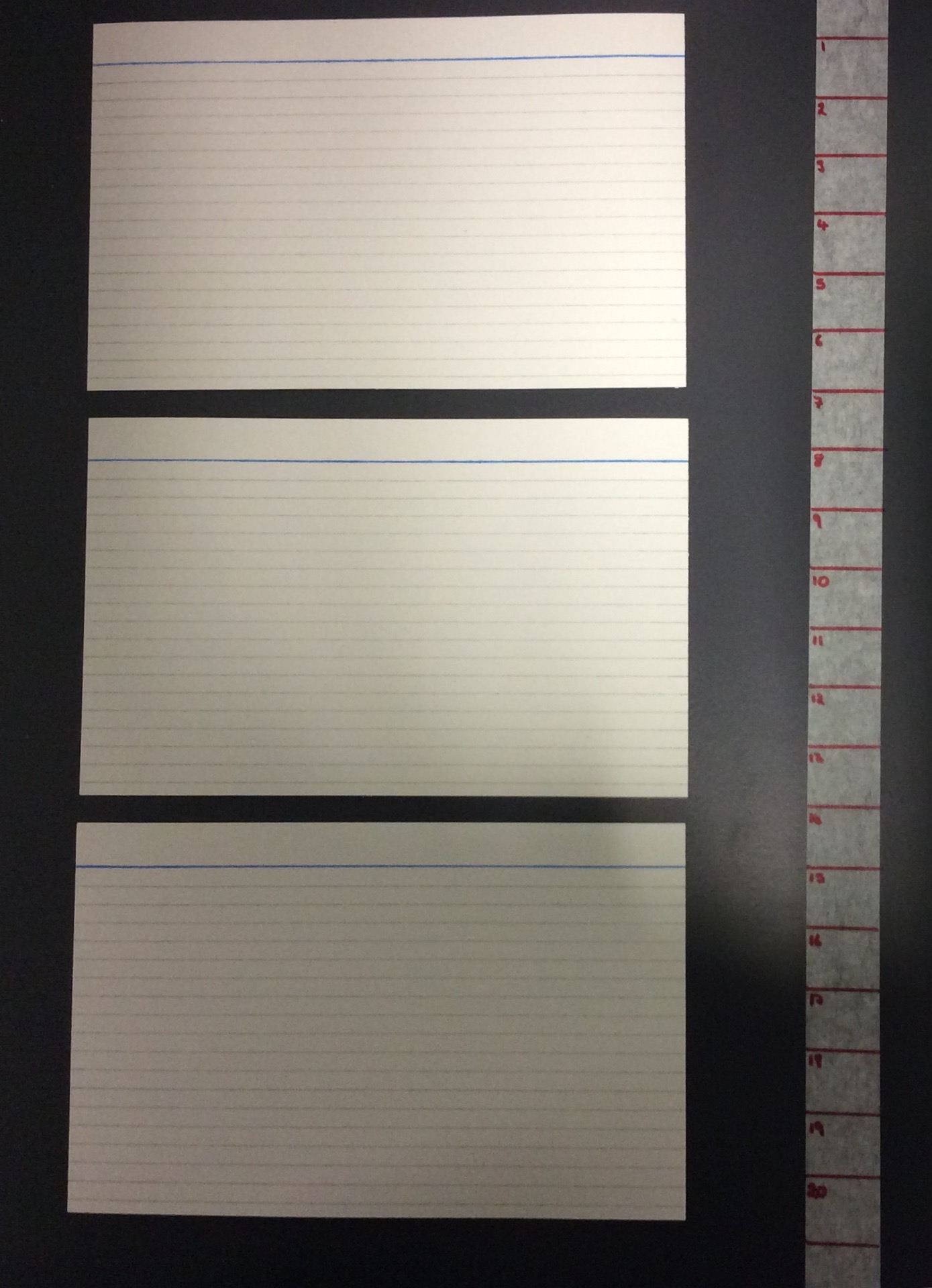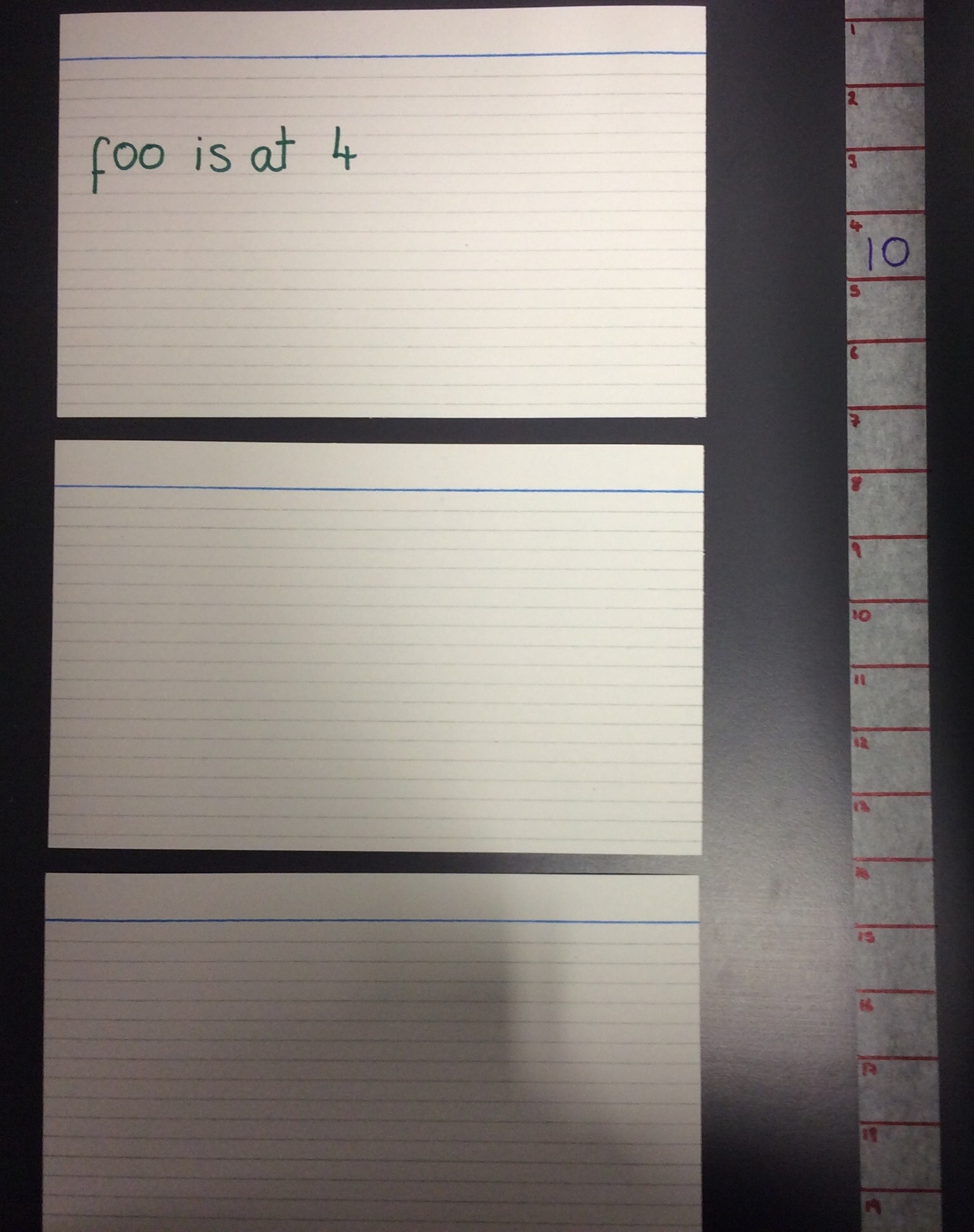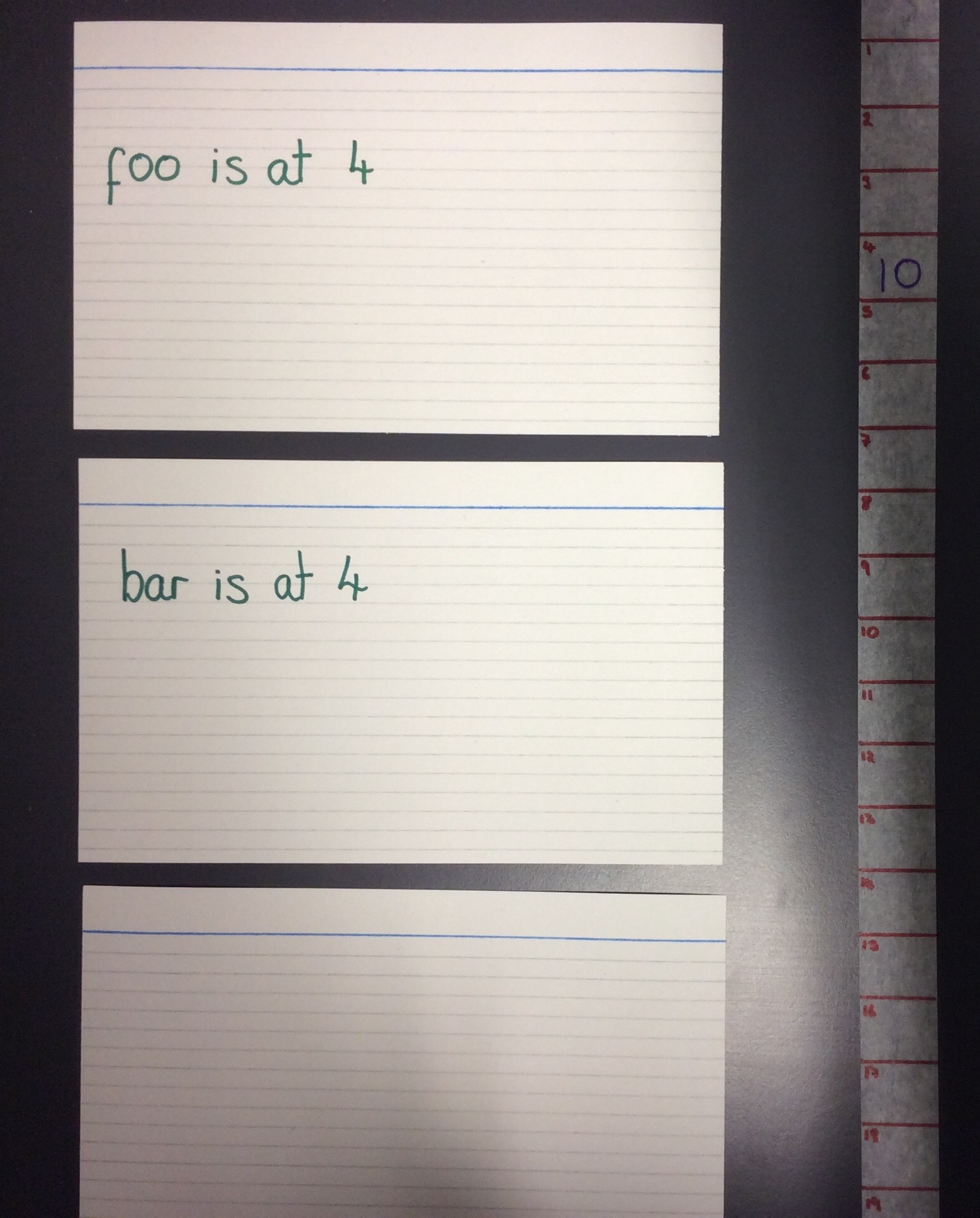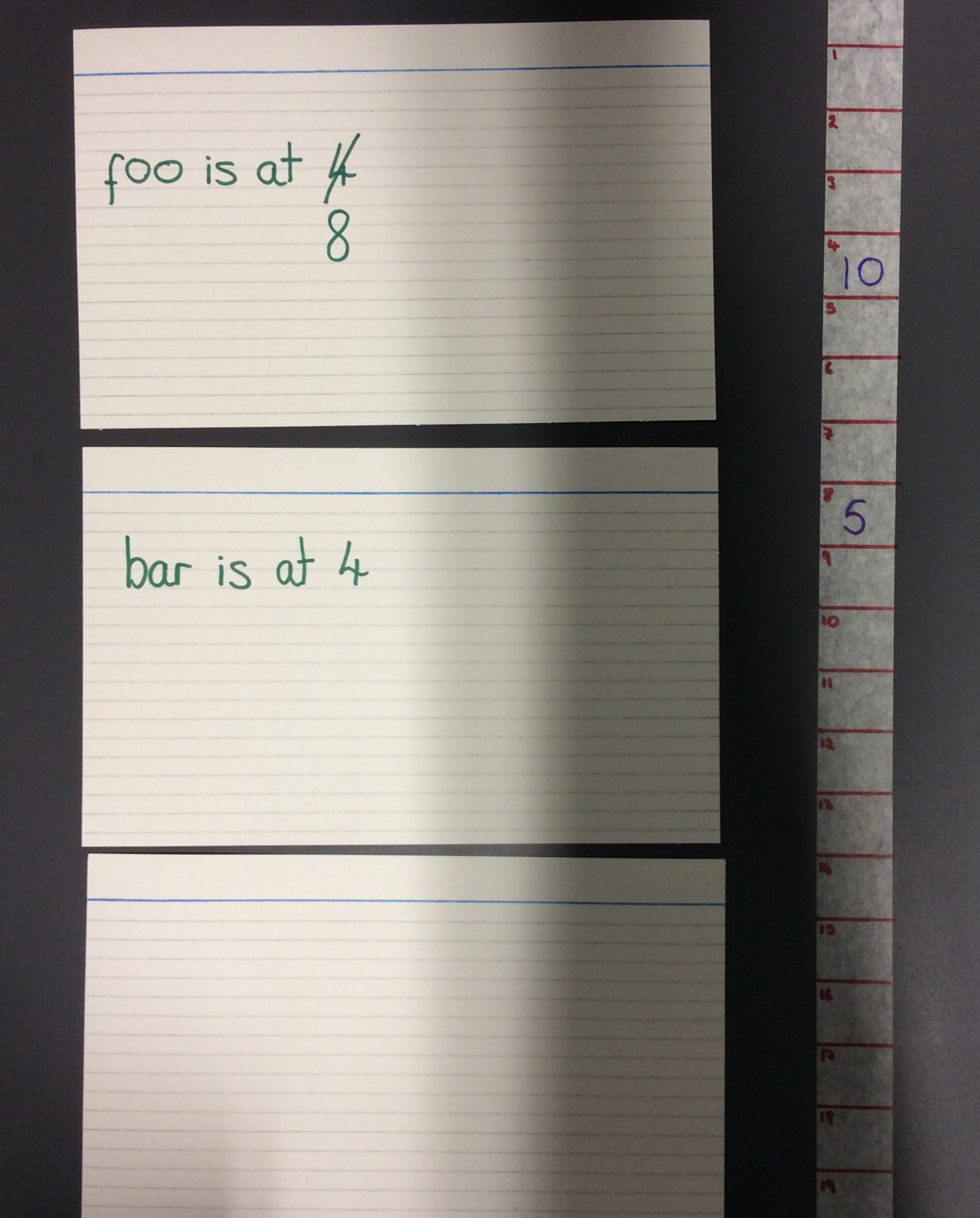Touring Turing
1 Manipulating Variable Values
Learn It
- Last lesson you used Python to perform some calculations.
- Let's have a quick test to see how well you remember how to perform calculations.
Badge It - Silver
- What is the sum of the following numbers - 5,1,4,9,12
- What is the product of the following numbers - 4,1,2,8,9,12
- What is the remainder of dividing 12 by 5
- What is 12% of 32
- If I add 6 to 4, multiply the answer by 10 and then raise to the power of 2, what is the answer.
Try It
- Using variables can help us solve more complex problems.
- Let's try and use variables to solve some trickier problems.
- Let's imagine you're in a maths class and you are given the following problem.
A chicken can lay a single egg, every day. If a chicken lives for seven years, what is the maximum number of eggs it can lay in it's lifetime?
- We can use Python to help us work this out, using a few simple variables.
daysInYear = 365 lifeTime = 7 eggsPerDay = 1 numberEggs = daysInYear * eggsPerDay * lifeTime
- We started by assigning three variables to have integer values. Then we assigned a third variable (
numberEggs) to be the result of multiplying (*) the previous variables together.
Try It
- Let's try another one.
A snake can slither 20cm in 15 minutes. How many hours would it take the snake to travel 100cm
distance = 100 speed = 20/15 time = distance/speed
Badge It - Gold
- These ones are even trickier.
- A woodchuck can chuck 5 bits of wood in an hour. How long does it take a woodchuck to chuck 45 pieces of wood.
- A peck is equal to 9 litres. If Peter picked a peck of pickled peppers and each pepper has a volume of 0.25 litres, how many pickled peppers did Peter pick.
- A cannibal can nibble 9 cans in an hour. How many cans can nine cannibals nibble in ninety minutes
Learn It
- We can easily assign variables to other variables.
foo = 10 bar = foo
- Let's find out what
baris now.
bar
- As you probably expected, it is now 10.
- But what happens if we change
foo
foo = 5
- What's bar now?
Learn It
- To see why
barstays at 10, we need to think about what happens when we use code likebar = foo. We'll talk in terms of a sort of Turing Machine. - We start off with an empty tape and some empty cards.

- When we write
foo = 10two things happen.- The value of 10 is stored on the tape in a certain box. In this case it is box number 4.
- The card is then altered so it has the variable identifier and the box it points to.

- When we then write
bar = foo, a second card is then used to indicate thatbarpoints to the same box number asfoo.

- Lastly, when we reassign
foothe value of 5, a second box (in this case box 8) has 5 stored in it andfoo's card is altered to now point to the new box.

- We can see that bar is still pointing to the value in address 4, which is the number 10.
Understanding check
- Click here to check your understanding of variables
Badge It - Platinum
- For each of the problems below - you may only use the variables stated in the problem. You can't use additional variables or values.
- The first has been done for you as an example
Example
foo = 10 bar = 4 baz = 0
- make
foo,barandbazall equal to 6.
Answer
baz = foo - bar foo = baz bar = baz
Problem 1
foo = 10 bar = 4
- Make
fooandbarboth equal to 6.
Problem 2
foo = 10 bar = 15 baz = 3
- Make
fooandbarboth equal to 25 andbazequal to 22
Problem 3
foo = 12 bar = 3
- Make
fooequal to 4 andbarequal to 12
Problem 4
foo = 9 bar = 4
- Make
fooequal to 4 andbarequal to 9